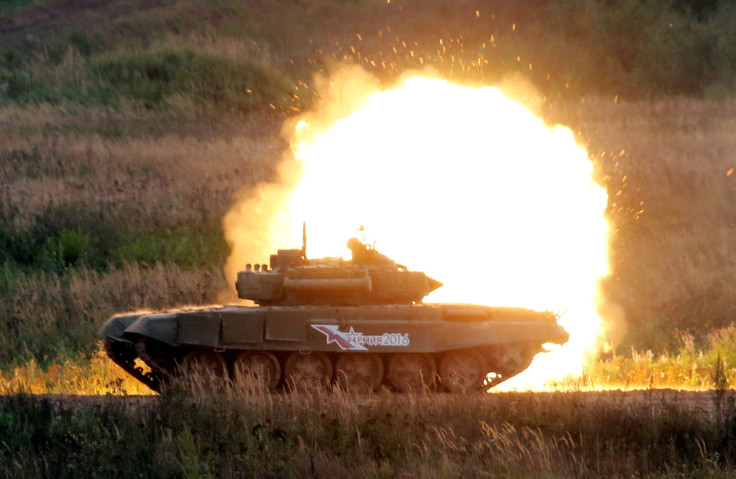Watch: US Army's New Robotic Battle Tank Is Designed To Plough Through Minefields

A new robotic tank called the Robotic Complex Breach Concept (RCBC) vehicle, which is a new version of the US army M1 Abrams battle tank, was reportedly recently tested out by the US Marine at the Joint Warfare Assessment (JWA) in the Yakima Training Center in Washington. At JWA, the US Army and the Marine Corps test out advanced weaponry and battlefield technology, which could be deployed in the future.
The autonomous battle tank has been reportedly designed to wade through the battleground, clearing minefields and other obstacles ahead of a ground assault. In ground warfare, it is common for troops to embed mines, dig trenches, and create anti-tank barriers, in efforts to boost defences.
It is generally the job of combat engineers to clear out these battlefield obstacles and make way for the ground forces. However, this means that combat engineers are directly in the line of fire and fairly easy targets for enemy combatants. The RCBC tank has been designed to address this issue. It can reportedly plough through these defences, effectively ensuring that human forces are kept out of the line of fire.
The RCBC vehicle is an upgrade of the M1150 Assault Breacher Vehicle (ABV), Popular Mechanic reported. The ABV is reportedly specially crafted in such a way that a mine plow replaces the main gun. The tank also comes equipped with a dozer blade, explosive mine-clearing systems, and more, Popular Mechanics reported. The ABV tank can reportedly clear wire barriers, minefields, fill trenches, wade through anti-tank barriers. The tank's additional external armor protects it from anti-tank missiles and weaponry.
The RCBC is essentially the ABV in autonomous mode. The tank is reportedly operated by a soldier in the rear of the vehicle, who can move the tank via an in-built remote steering and equipment OS. The tank also reportedly comes equipped with external cameras that allow the person manoeuvring the tank to gauge the terrain and move.
Although the tests appear to have gone smoothly, it is still unclear whether the robotic tank will ever be deployed in an actual battle.
© Copyright IBTimes 2024. All rights reserved.




















